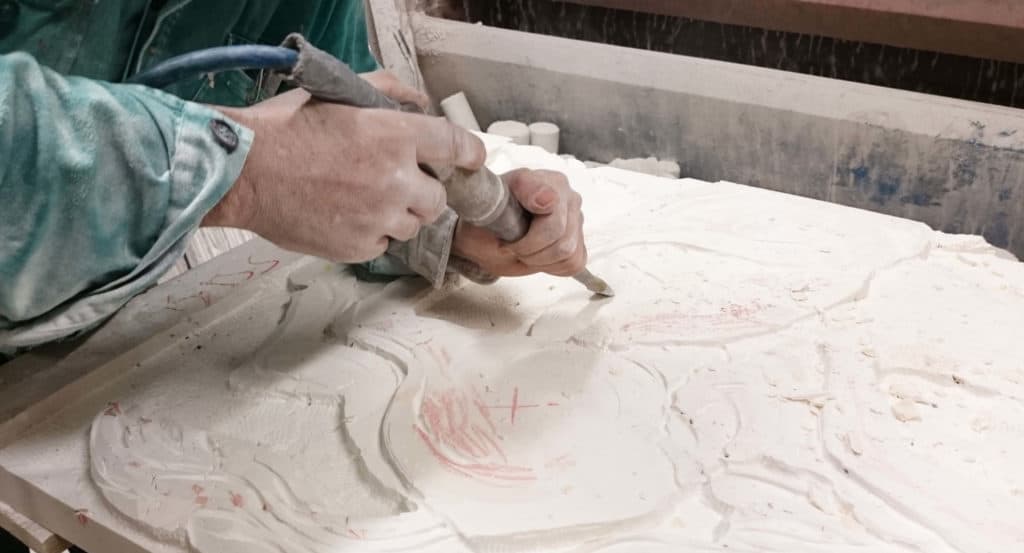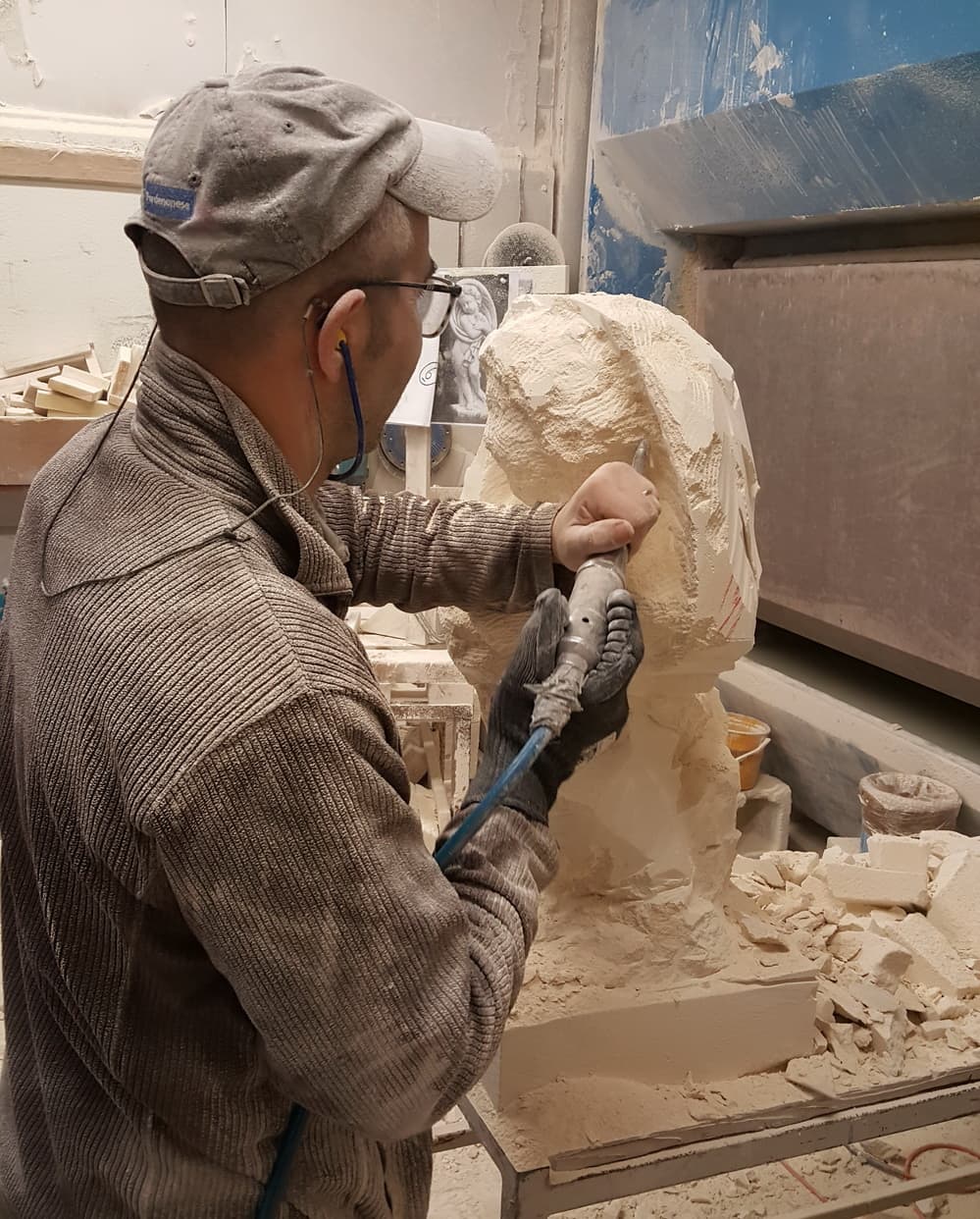

Traditional Techniques of Marble Manufacturing
USE OF TRADITIONAL HANDCRAFTED TOOLS
We are committed to combine with harmony traditional and modern techniques of manual stone manufacturing, to guarantee unique, excellent and exclusive results both from a technical and from an aesthetic artistic point of view respecting the handcrafted methods.
Thanks to the experience, we have acquired ability and familiarity in the use of the traditional handcrafted tools and in the identification of the most appropriate technique in relation with the historical setting of the work to be done.
We employ the traditional manual techniques in the different phases of the manufacturing: to draw, to cut, to shape, to carve, to perfect and to enhance the details in the prestigious works, in the reproductions and in the restoration of ancient works.
The by hand manufacturing of the marble allows to have more sensibility and to define with greater care and precision the details, the characteristics in depth and the delicate elements; furthermore, it is possible to solve potential breaks, cracks and fractures created by the vibrations caused by the electrical or pneumatic tools, specially in the fragile works.
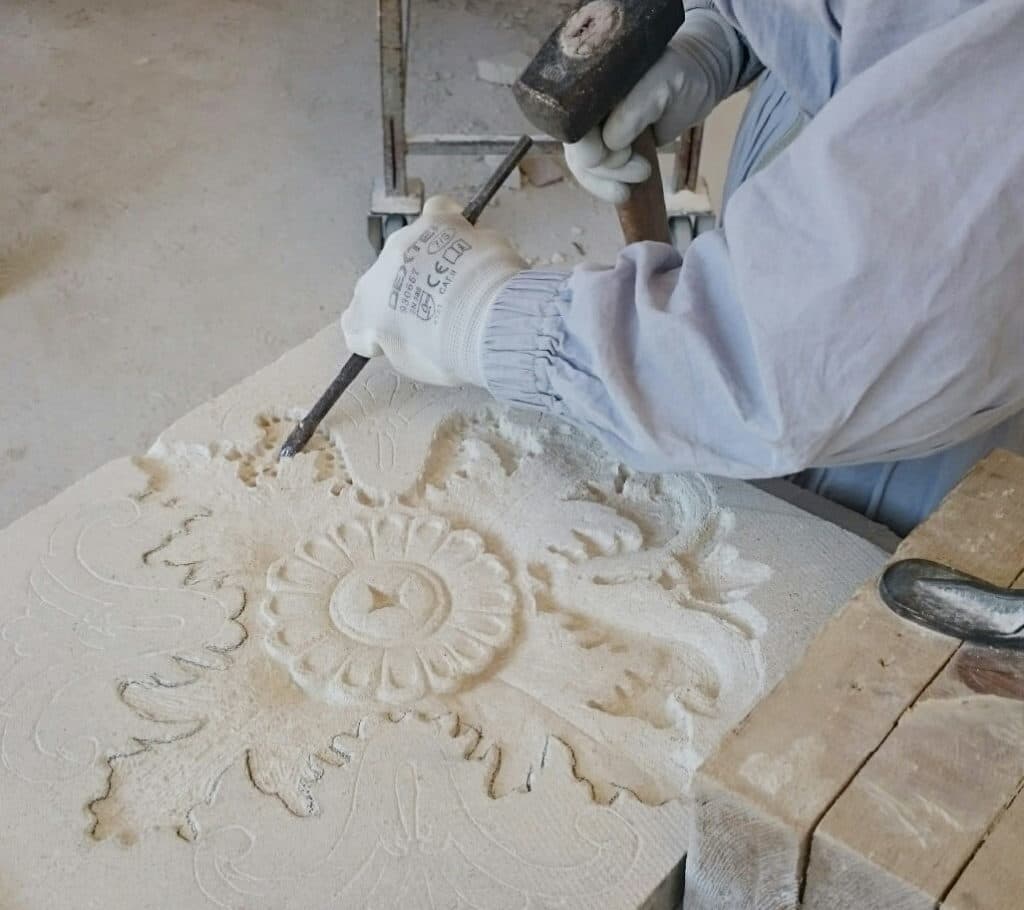
Realization of the model
Sometimes, before to start the real carving on the definitive stone block, we realize a clay model or we carve a piece of tender stone, on reduced scale or in real scale, to evaluate the dimensions, the proportions and the final effect. This method to prepare a sculpture, starting with the realization of a model based on sketches and planning drawings of the work, is called indirect. In Arte 2000 we use this method to realize, in particular, figurative sculptures and commemorative busts.
Preparatory drawing
When the project of the work is directly reproduced on the definitive block, we talk of direct method to prepare the sculpture. With the help of set squares and compass, to accurately respect the measures of the work, we sketch the freehand drawing to establish the contour of the work, on which the sculpture will be shaped. Then the drawing is detailed with the use of different tools for a more precise and delicate manufacturing. Each sculpture is always prepared through a freehand drawing on a stone block after the possible realization of a model.
Cut
The stone cut is made through abrasion, which consists in the removal of the material for repeated action of friction on the surface: a steel blade runs along a groove with mixed sand and water. We use this method in the phases of restoration of the works.
Shaping and carving
The shaping and the carving of the stone are made through percussion and hole.
The percussion consists in the removal of the raw material through blows and knocks inflicted by an object which hits into the stone, in a more or less aggressive way. We use working tools such as hammer or chisel of different dimensions, weight, materials and shapes, in relation to the hardness, to the compactness of the raw material, to the level and to the quality of definition of the work to be done. For example, according to the intensity of the blow to deal, we use mallets with metal head to remove big pieces from the block and hammers with wood round head to perfect in a delicate and precise way the sculpture details.The chisels have to be of different shapes in order to realize different typologies of work and finishing. The chisel with conic or pyramidal point and the chisel with teeth are used to make specific manufacturing phases according to the hardness of the material. The chisel with conic or pyramidal point is used, first of all, to rough-hew the material removing the substantial chips and the chisel with teeth is normally used for a first sanding.
The hole is made with the drill to obtain the following results:
- with the realization of a series of consecutive holes we have the crack of the stone block which allows to remove the material in excess;
- the carving of the specific details has to give depth, above all in the bas reliefs.
The difference between what happened in the ancient times and what happens today is very important during the shaping phase. In the past, the artisans were assisted, in their workshop, by apprentices who, to learn the trade, rough-hewed the work with hammer and chisel; gradually, acquiring competence in the use of the tools, they could approach to the final details. The artisan gave anyway the conclusive touch to consider the work as its own. Due to costs, long manufacturing times and being physically exhausting activities, today it is not possible to have at disposal this work force.
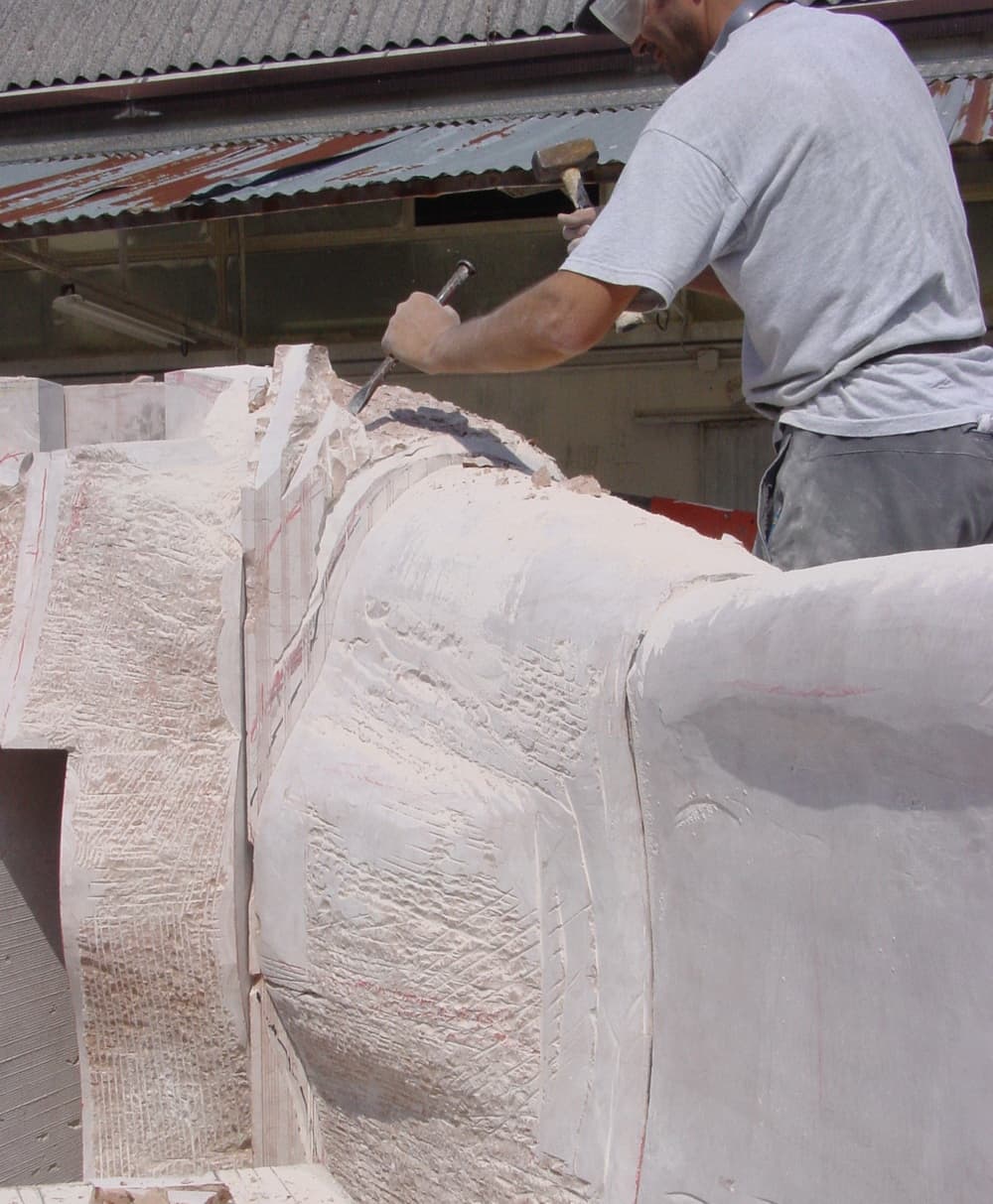
The hammer and the chisel are considered par excellence the work tools of the sculptor. Till today the stone-cutter creates and becomes attached to its own personal kit of work tools, choosing them with the characteristics the most suitable to his personality, physical presence, level of confidence with the tools, acquired manual skill, assignment to carry out and sometimes also to personalize its own style. This kit, with the experience, is enriched of tools more and more precise and efficient to improve the technique. Also our workers have a personal kit with selected tools according to their own liking.
Finishing treatments of the surface
In general, only the manufacturing by hand allows to smooth and polish the shaped and curved surfaces with care and attention and to reach effects of continuity and homogeneity. The modern machine tools, instead, give origin to an aspect more multifaceted and less natural.
The following by hand tools, of different types of grain, are used depending on the hardness of the material:
- rasps, of different shapes, to smooth and polish more large areas;
- files, of different shapes, to smooth and polish details more minute and deep, in order to realize the linings on the human sculptures obtaining an effect similar to that of the natural corrugation of the skin;
- the perfect polishing is made before with abrasive paper, from coarse-grained to fine-grained, then with fine sand mixed with water and finally with natural acidic products to give a velvety effect which is obtainable only with a by hand manufacturing.
In order to increase the knowledge of the traditional techniques and antique tools, we invite you to read the articles of our blog:



